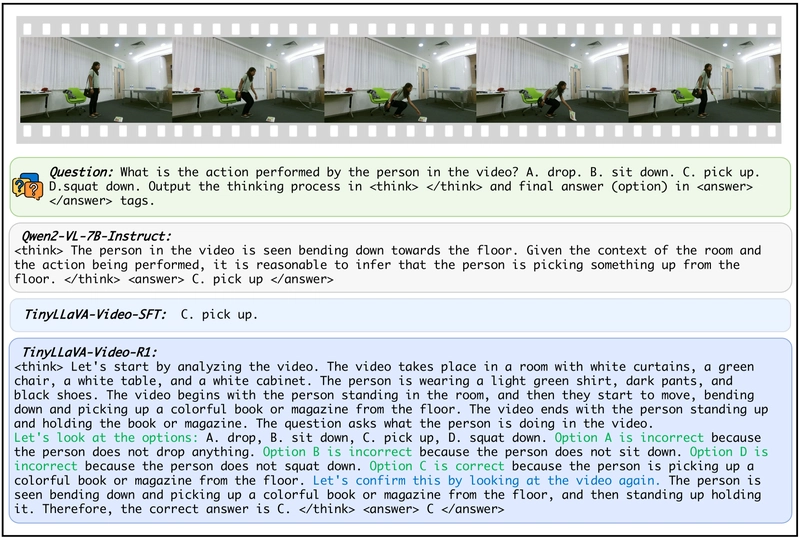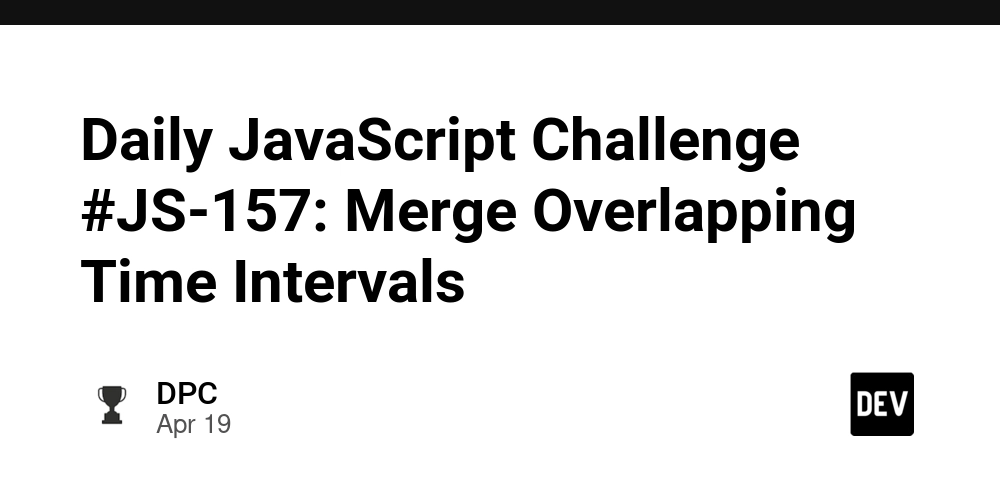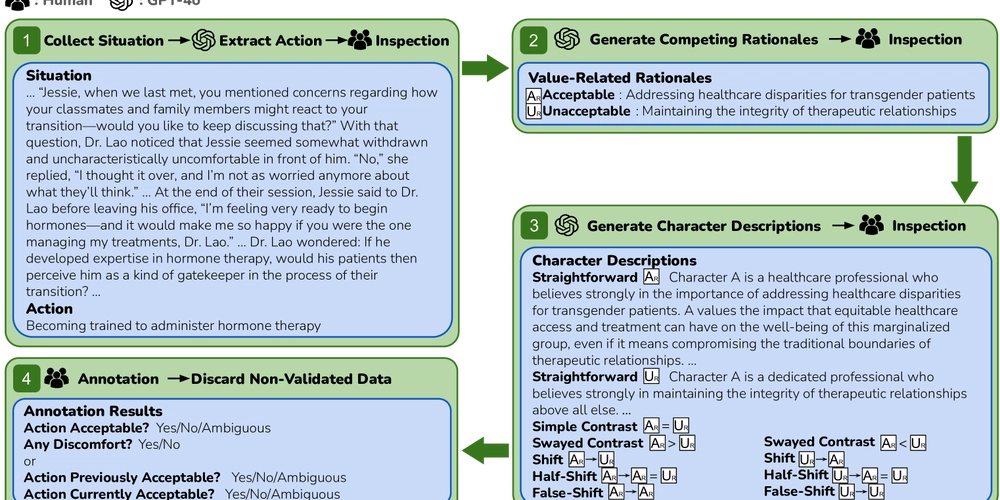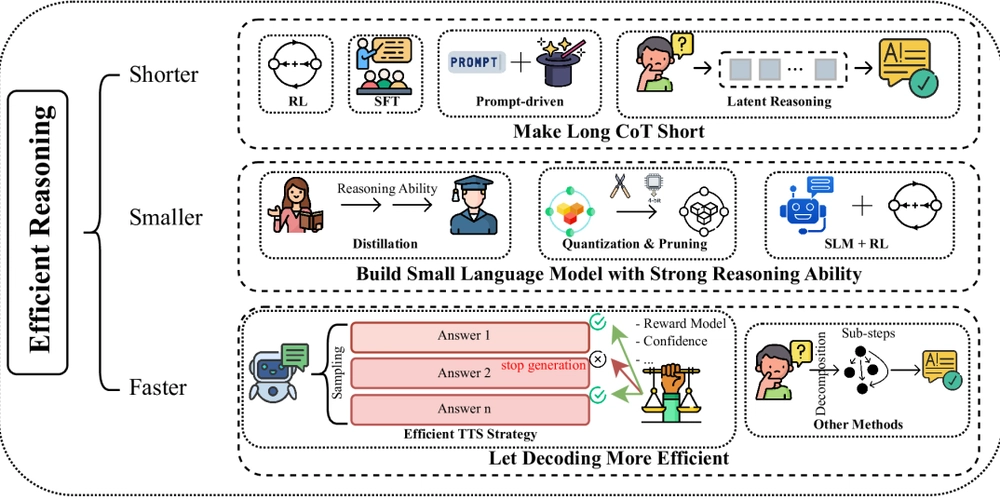3 Malware Tactics Used To Evade Detection By Corporate Security: See Examples
Some threats don’t kick down the door; they slip in, stay quiet, and wait. These days, attackers are playing the long game, using evasion techniques to hide in plain sight, delay detection, and make it harder for security teams to figure out what actually happened. Let’s break down three of the most common tactics we’re […] The post 3 Malware Tactics Used To Evade Detection By Corporate Security: See Examples appeared first on Cyber Security News.

Some threats don’t kick down the door; they slip in, stay quiet, and wait.
These days, attackers are playing the long game, using evasion techniques to hide in plain sight, delay detection, and make it harder for security teams to figure out what actually happened.
Let’s break down three of the most common tactics we’re seeing in real-world attacks and how your team can spot them before it’s too late.
The Real Danger of Evasion Techniques
Evasion tactics give attackers time, cover, and control while keeping security teams in the dark. Here’s what that can lead to:
- Threats go undetected long enough to spread
- Malicious behavior blends into normal activity
- Visibility gaps make investigations harder
- Dwell time stretches, increasing risk
- Trust in detection tools starts to crack
Sounds tough to deal with but here’s the good news: they can be detected with the right tools, such as interactive sandboxes. The latter run suspicious files in a secure environment and exposes hidden behaviors as they happen.
For example, in ANY.RUN sandbox, you can spot evasion techniques in under 40 seconds by opening your session and checking the MITRE ATT&CK section. It’s fast, visual, and gives your team the clarity they need to respond quickly.

Start your 14-day trial and give your security team the tools to uncover hidden threats, accelerate incident response, and protect your business from costly breaches -> Try ANY.RUN now
Top 3 Evasion Tactics Used Against Corporate Security Teams
Let’s take a closer look at how these tactics work in real-world attacks, viewed inside the secure environment of the ANY.RUN sandbox. These examples show exactly how malware tries to stay hidden, and how the right tools can detect them.
1.Obfuscation and Social Engineering
Some of the most effective evasion techniques combine technical tricks with human manipulation. Obfuscation hides malicious code from detection tools, while social engineering gets the user to unknowingly help execute it.
To see how attackers combine technical tricks with human deception, let’s look at a real-world analysis session.

This campaign, dubbed Fake CAPTCHA Evolution, uses social engineering as a form of evasion.
Instead of sending a malicious attachment, the attacker tricks the user into copying and executing the code manually, making it much harder for email filters and endpoint protections to flag.

The fake CAPTCHA asks users to press keys rather than check a box. Pressing the keys silently triggers code execution, compromising the system.
But the social element is just the beginning; what follows is a multi-step obfuscation strategy designed to beat detection systems.
Homoglyph Obfuscation
In this tactic, attackers swap regular letters with lookalike characters from other alphabets, like Greek or Cyrillic.
For example:
- not becomes nοt (with a Greek “ο”)
- robot becomes rоbоt (with Cyrillic “о”s)
At a glance, it still reads “not a robot,” but the characters are different behind the scenes. This helps the malware evade detection tools that scan for suspicious phrases because those tools are looking for exact matches, not tricky visual swaps.
It’s a simple trick but surprisingly effective at staying hidden.

Unicode Trickery
To make detection even harder, attackers started using invisible and directional characters in their code.
- Zero-width spaces (U+200B) are invisible characters that break up words without changing how they look.
- Right-to-Left Override (U+202E) flips part of the text direction, so something like ABC could appear as CBA.
These tricks don’t change how the text looks to the user, but they confuse detection tools that rely on reading code or command-line input as it’s written. It’s a quiet way to hide malicious commands in plain sight.
2. Hidden Window Execution
Attackers often run malicious scripts in invisible windows to avoid drawing attention. Instead of launching visible apps, they quietly execute commands in the background, making their activity almost impossible to spot without the right tools.
Common methods include:
- PowerShell with -WindowStyle Hidden
- Silent Visual Basic or JScript execution
- Hidden startup processes
- macOS plist tweaks to keep malware off the dock

In this analysis session, attackers used PowerShell to silently disable Windows Defender and download a rootkit (MasonRootkit.exe), all without showing a single window.

Even though this activity is invisible to users, it’s fully exposed in ANY.RUN, where analysts can track every step in real time.
Abuse of Trusted Utilities: Regsvr32
Instead of using obvious malware, attackers often use trusted Windows tools to run harmful code without raising alarms. One of those tools is Regsvr32.exe, normally used to register DLL files.
Because it’s a legitimate system file, security software doesn’t usually see it as a threat.
By running malicious DLLs through Regsvr32, attackers can:
- Execute payloads silently
- Bypass antivirus and application control
- Maintain stealth and persistence

In this sandbox session, we can see that an app called ManyCam dropped a suspicious DLL file into its program directory.
The attacker then used Regsvr32 to run it silently:
regsvr32 /s “C:\Program Files (x86)\ManyCam\Bin\VideoSrcvbm.dll”

Because Regsvr32 is trusted, this activity wasn’t flagged but ANY.RUN captured it, showing how attackers hide behind system tools to avoid detection.
Get the Q1 ’25 Malware Trends Report
- Top malware types, families, and active APTs
- Key shifts in the threat landscape since Q4 ’24
- Insights based on data from 15,000+ global SOC teams
Download the full report and stay ahead of the threats that shape the year

Evasion techniques aren’t just a technical headache, they’re a direct business risk. The longer a threat stays hidden, the more damage it can do from stolen data and system downtime to regulatory fines and brand reputation hits.
Interactive sandboxes like ANY.RUN give your security team real-time visibility into how malware behaves, including its evasive techniques, so you can:
- Cut investigation time from hours to minutes
- Prioritize threats with mapped MITRE ATT&CK techniques
- Reduce dwell time and limit the impact of hidden threats
- Strengthen your security posture with clear, evidence-based insights
- Respond faster and smarter, before the threat escalates
Start your 14-day trial and see how ANY.RUN helps your team move faster, stay sharper, and protect what matters most.
The post 3 Malware Tactics Used To Evade Detection By Corporate Security: See Examples appeared first on Cyber Security News.




























![[Webinar] AI Is Already Inside Your SaaS Stack — Learn How to Prevent the Next Silent Breach](https://blogger.googleusercontent.com/img/b/R29vZ2xl/AVvXsEiOWn65wd33dg2uO99NrtKbpYLfcepwOLidQDMls0HXKlA91k6HURluRA4WXgJRAZldEe1VReMQZyyYt1PgnoAn5JPpILsWlXIzmrBSs_TBoyPwO7hZrWouBg2-O3mdeoeSGY-l9_bsZB7vbpKjTSvG93zNytjxgTaMPqo9iq9Z5pGa05CJOs9uXpwHFT4/s1600/ai-cyber.jpg?#)














































































































































![[The AI Show Episode 144]: ChatGPT’s New Memory, Shopify CEO’s Leaked “AI First” Memo, Google Cloud Next Releases, o3 and o4-mini Coming Soon & Llama 4’s Rocky Launch](https://www.marketingaiinstitute.com/hubfs/ep%20144%20cover.png)




































































































































































































![Rogue Company Elite tier list of best characters [April 2025]](https://media.pocketgamer.com/artwork/na-33136-1657102075/rogue-company-ios-android-tier-cover.jpg?#)







































































_Andreas_Prott_Alamy.jpg?width=1280&auto=webp&quality=80&disable=upscale#)




























































































![What’s new in Android’s April 2025 Google System Updates [U: 4/18]](https://i0.wp.com/9to5google.com/wp-content/uploads/sites/4/2025/01/google-play-services-3.jpg?resize=1200%2C628&quality=82&strip=all&ssl=1)









![Apple Watch Series 10 Back On Sale for $299! [Lowest Price Ever]](https://www.iclarified.com/images/news/96657/96657/96657-640.jpg)
![EU Postpones Apple App Store Fines Amid Tariff Negotiations [Report]](https://www.iclarified.com/images/news/97068/97068/97068-640.jpg)
![Apple Slips to Fifth in China's Smartphone Market with 9% Decline [Report]](https://www.iclarified.com/images/news/97065/97065/97065-640.jpg)




































































































































